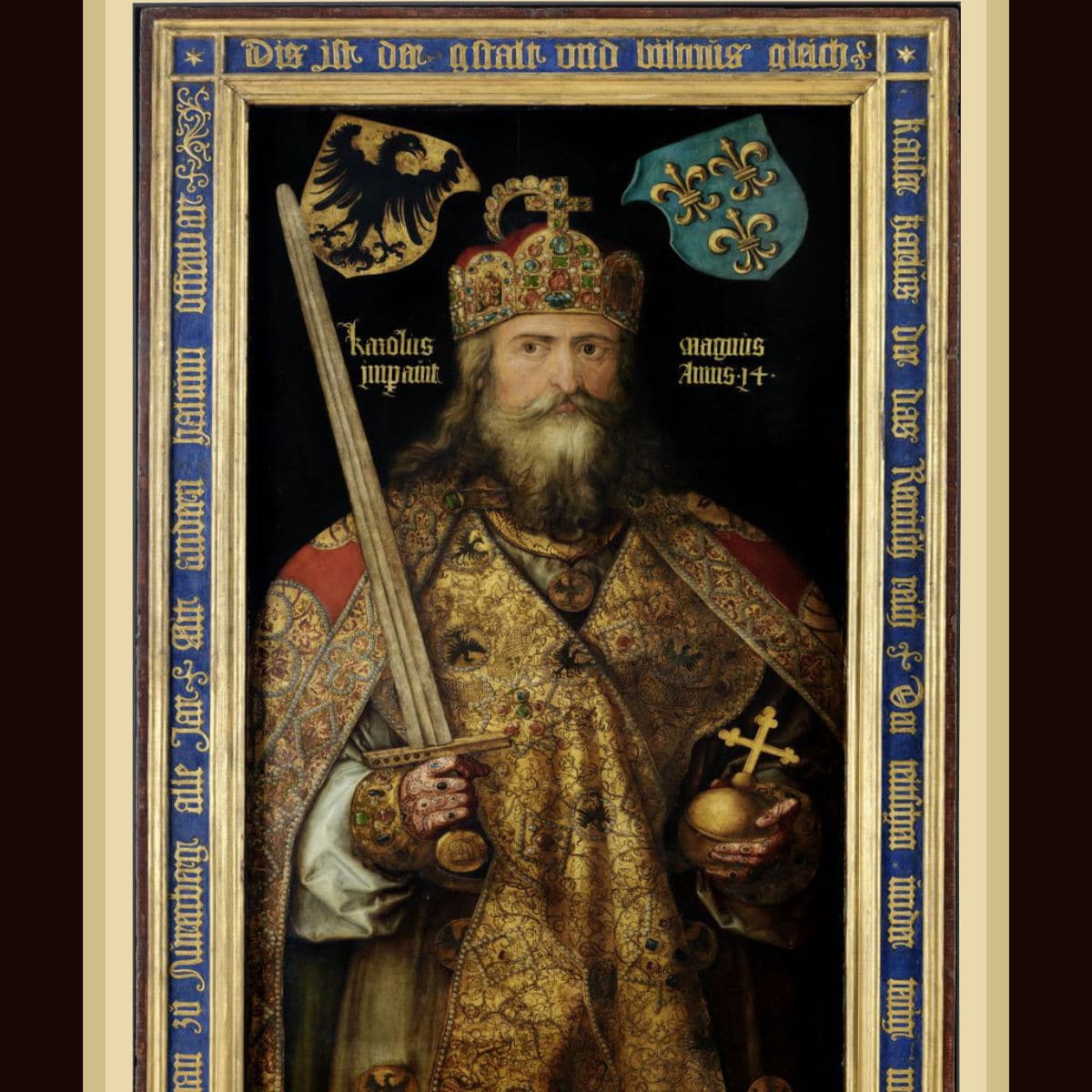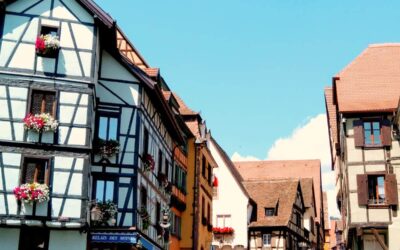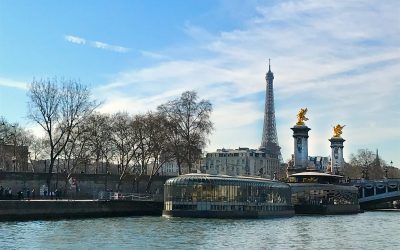They say that every European is related to Holy Roman Emperor Charlemagne. He had at least 18 children, so it is possible! Becoming King at 26 years old, Charlemagne has been called the “Father of Europe”.
However, at the time of his birth, he was a child born out of wedlock and not meant to be King. He would however go on to conquer almost the entirety of the area known today as France and Germany, with his vast empire occupying much of western Europe.
Charlemagne is today remembered as one of the most powerful and influential monarchs in European history. No other Emperor since has managed to hold together the territorial Frankish empire that he did, although many have tried.
So let’s explore the history and biography of Charlemagne, with a few facts about his life, his family and his achievements. Allons-y!
| Quick facts | |
|---|---|
| Birth: | 2 April 748, location unknown |
| Death: | 28 January 814 at age 66 in Aachen, Francia (now Germany) |
| Parents: | Pepin the Short, King of the Franks Bertrada of Laon |
| Reign: | King of the Franks (9 October 768 – 28 January 814) Holy Roman Emperor (25 December 800 – 28 January 814) |
| Marriage and kids: | 4 wives and 18 children |
| Famous for: | Holy Roman Emperor who conquered what is now France and Germany |
1. He was born in 748 AD.
Charlemagne was the eldest son of Pepin the Short and Bertrada of Laon. It is also not clear where he was born, although some historians suspect that it was in the Frankish palaces in Vaires-sur-Marne or Quierzy, in France. It could also have been in Aachen (Aix-la-Chapelle) in modern day Germany or Liege in what is now Belgium.
2. The name Charlemagne comes from the latin “Carolus Magnus”.
Charlemagne’s real name was Karl , transcribed into Latin as “Carolus “(in classical Latin). Charlemagne is the French transcription of the Latin “Carolus Magnus” meaning (“Charles the Great”).
3. His parents marriage was initially banned.
Charlemagne’s parents were closely related, and so their marriage was technically illegal at the time. Records show that their marriage was canonically sanctioned in 749, the year after the birth of Charlemagne. His parents would go on to have 8 children together.
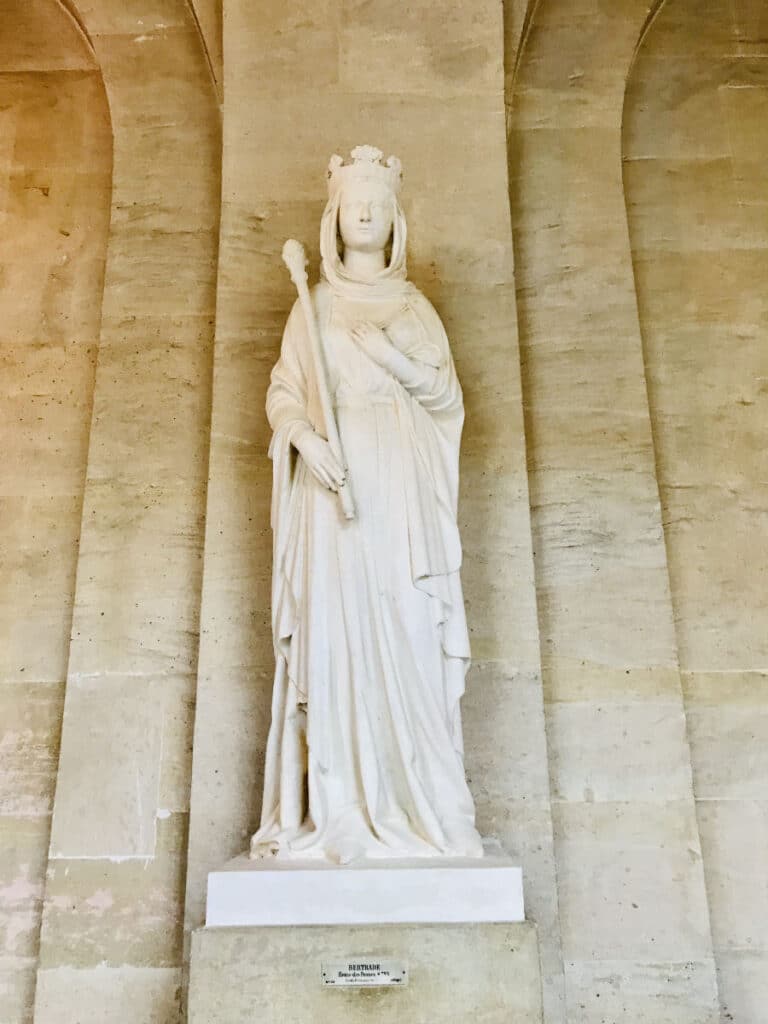
4. His father began the Carolingian dynasty.
At the time, much of the tribes of the Franks had been Christianised, due to the Catholic conversion of King Clovis a couple of centuries earlier.
Charlemagne’s father Pepin was initially designated as “Mayor of the Palace”, which was a managerial position in the household of the Frankish King Childeric III of the Merovingian dynasty, who was a descendant of Clovis.
With the agreement of the Pope, Charlemagne’s father Pepin deposed Childeric III to be declared King himself, starting a new Carolingian dynasty and line of power.
As such, Charlemagne’s parents were crowned King and Queen in 751AD when Charlemagne was 3 years old, beginning the Carolingian empire.
5. He became King of the Franks in 768 along with his brother.
Upon the death of King Pepin on 24 September 768, the kingship passed jointly to his sons, Charlemagne and his brother Carloman.
They were crowned together at the Cathedral at Noyon, a small town that is about 100 km outside of Paris. (Today it is part of the Oise department in northern France.)
6. His brother died suddenly.
His brother Carloman died suddenly in 771 at the age of 20 of unknown causes, leaving Charlemagne fully in charge.
While suspicion fell on Charlemagne, nothing was ever proven. Carloman’s wife and children fled the kingdom after his death, even though his son was expected to inherit.
Later, Charlemagne would name one of his children “Carloman” after his dead brother to deflect the rumors, but he would subsequently rename his child “Pepin”.
7. He waged war against the Saxons.
But Charlemagne was not satisfied just being King. While his father had done much to expand his power base, King Charlemagne would take things to the next level.
He waged war against the Saxons, a Germanic tribe of pagan worshippers to his east that had remained outside Catholic Rome’s influence.
Utterly ruthless, he forced the Saxons to convert to Christianity as he expanded his empire east, putting to death anyone who opposed him. In one particular case in 782, at the Massacre of Verden, Charlemagne ordered the slaughter of 4,500 Saxons.
8. His empire covered much of France and Germany.
By the late 8th century, Charlemagne had conquered almost the entirety of the area known today as France and Germany.
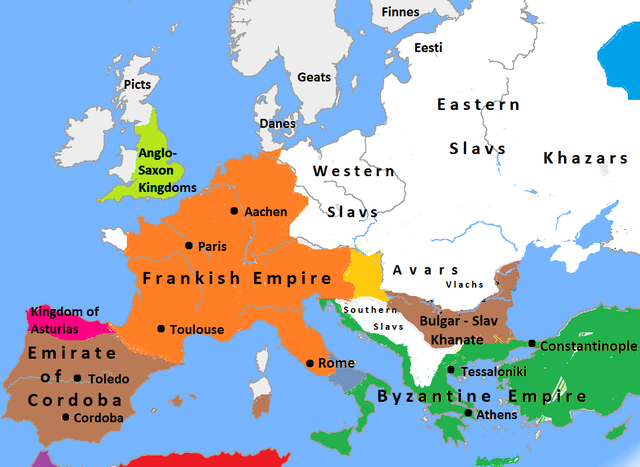
Waging war in portions of Lombardy (Italy) and around the Pyrenees (Spain), Charlemagne also had diplomatic relations with the Saracens and the the Caliphal of Baghdad who controlled much of the area around the Mediterranean.
9. He was crowned Holy Roman Emperor.
By 800AD, Charlemagne was one of the most powerful rulers in Europe. The Catholic Pope Leo III was looking to break ties with the nearby Byzantine Empire and came to Charlemagne for protection.
Nearby Byzantine was ruled by Dowager Empress Irene who had just deposed and maimed her own son, the rightful King Constantine VI.
In the face of a female ruler, Pope Leo III crowned Charlemagne with the title “Holy Roman Emperor” on Christmas day 800AD in Old St. Peter’s Basilica in Rome in exchange for royal protection.
10. He married 4 times and had at least 18 children.
Charlemagne was known to have married at least 4 times and produced at least 18 children that we know of. However, he only had 3 legitimate heirs. He acknowledged many of his children and grandchildren, dividing up power between them.
However, he refused to let many of his daughters get legally married. Instead, he accepted their “extramarital” relationships, even rewarding their partners with land and power, along with his illegitimate grandchildren.
Even though many of his descendants were illegitimate, Charlemagne’s reputation as a powerful Emperor meant that they were widely acknowledged and could marry well. As such, many of the royal families of Europe have roots in his family tree and can claim that they are descended from Charlemagne.
11. He made his capital in Aachen (Aix-la-Chapelle).
As Charlemagne was expanding his empire east, he would make with Aachen in Germany (also known as Aix-la-Chapelle) his capital. The name of the town comes from the Latin “Aquis” which means water. It translates to “Aix” in French and “Aach” in German.
Both names evolved in parallel, but in Charlemagne’s time it was known as Aix-la-Chapelle, after he built a palatial palace and cathedral there called Palatine Chapel.
12. He spoke a Germanic dialect.
Although his lands covered a large portion of what is today France and Germany, it is believed that Charlemagne himself spoke in a Germanic dialect. It is likely he spoke what is known as a “Rhenish Franconian dialect”.
The Franks were a Germanic tribe, and Charlemagne’s capital was in Aachen, which is in modern-day Germany. At the time, romance languages from which modern-French is derived, were spoken in Aquitaine and Provence along with other regional languages.
Charlemagne may have had an understanding of these languages but it was not his mother tongue.
13. Paris was not as important to him.
Under Charlemagne’s reign Paris is no longer as central geographically and lost some of its importance. Charlemagne was waging war against the Saxons on his east, making Aachen (Aix-la-Chapelle) his priority.
Although Paris was not the capital, several important buildings like the Cathédrale Saint Denis, the old royal palace (the Conciergerie) on the Île de la Cité and in the Latin quarter began construction during this era.

14. He promoted education and instituted reforms.
As a father, Charlemagne was one of the first Kings to insist on an education for all his children, including his daughters.
He instituted economic and educational reforms, building schools for the rich as well as the poor to be taught. The French song “Sacre Charlemagne” by Frances Gall from the 1960s is meant to blame him for instituting schools as a sort of tongue-in-cheek.
He was also a proponent of the the Carolingian miniscule, a standardized form of writing that was the direct ancestor of the alphabet that we use today in English, French and German.
15. He died in 814 AD at the age of 66.
Charlemagne died in 814 at the age of 66. He had been ill for some time, and died of pleursy. He was laid to rest in the Aachen Cathedral, in his capital city of Aachen.
16. His empire split soon after his death.
Upon Charlemagne’s death, his children and grandchildren started squabbling. By 842 AD, two of his grandsons, Louis of East Francia (Germany) and Charles of West Francia (France), decided to sign a treaty called the Oath of Strasbourg.
Their goal was to oppose their older brother Lothair of Middle Francia whose lands were right in the middle. This was the area including the region of Alsace.
The Oath of Strasbourg was written up in multiple regional languages: Medieval Latin, Old French, and Old German. The brothers all grew up speaking one language, but then had to translate it for their regional armies. When Lothair died, the brothers divided the land between each other and continued to duke it out.
Within a few decades, it would be a new dynasty, the House of Capets who would rule the Franks. Hugh Capet, who is considered the 1st King of France, however was also descended from Charlemagne through his great-grandmother.
Over the next 500 years, most kings of Germany who reigned over the Holy Roman Empire were crowned in Aachen, while the French kings were crowned in Reims.
17. He was beatified, although is not a considered a saint.
Charlemagne was revered as a saint in the Holy Roman Empire after the 12th century for promoting Christianity across Europe. He was beatified, however his canonisation was later revoked. He is still officially celebrated every 28 of January.
18. His legacy continues today.
The animosity between the former territories of Charlemagne’s empire would continue for generations, with the wars over territory continuing in the area well into the 20th century.
From the Habsburg religious wars in medieval times, Napoleon Bonaparte‘s adventures in Europe, and the conflicts of two world wars, both the French and Germans have fought many wars in an attempt to conquer each other.
However, Charlemagne’s empire would never be ruled by a single person again.

19. Both France and Germany continue to claim Charlemagne.
Both France and Germany still claim Charlemagne as part of their heritage. A statue of Charlemagne stands in front of Notre-Dame de Paris Cathedral in Paris.
In addition, in French, the town of Aachen is still referred by officials as “Aix-la-Chapelle”.

If you enjoyed this article, you may like to read more about French history. A bientôt!
